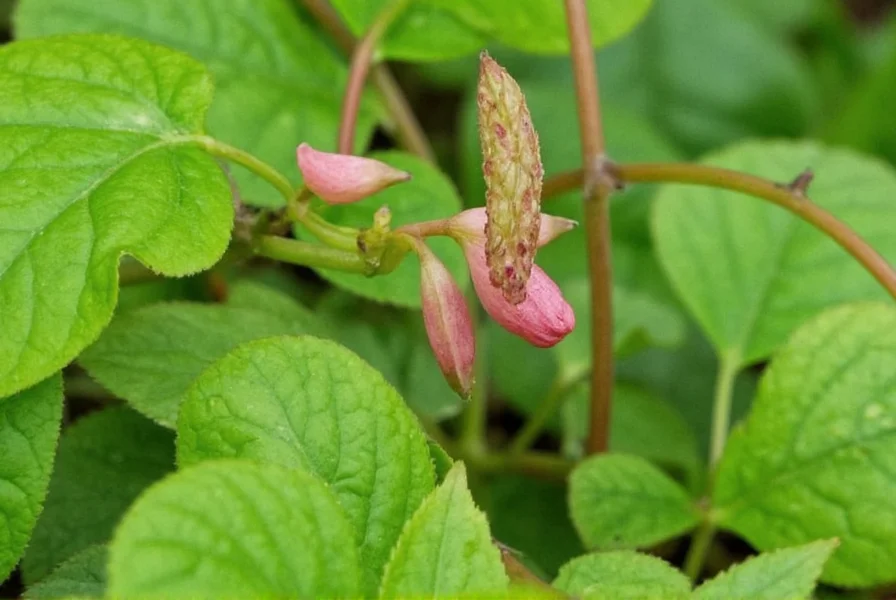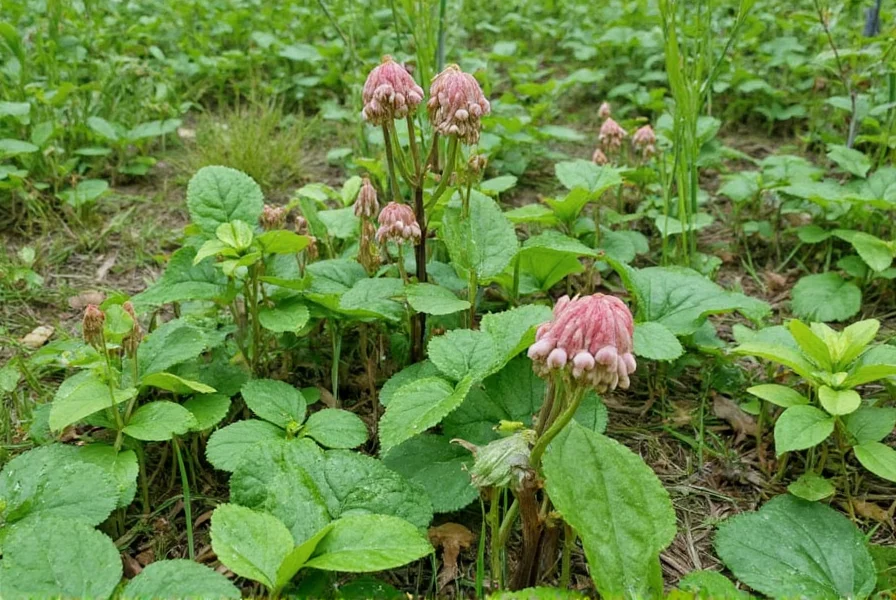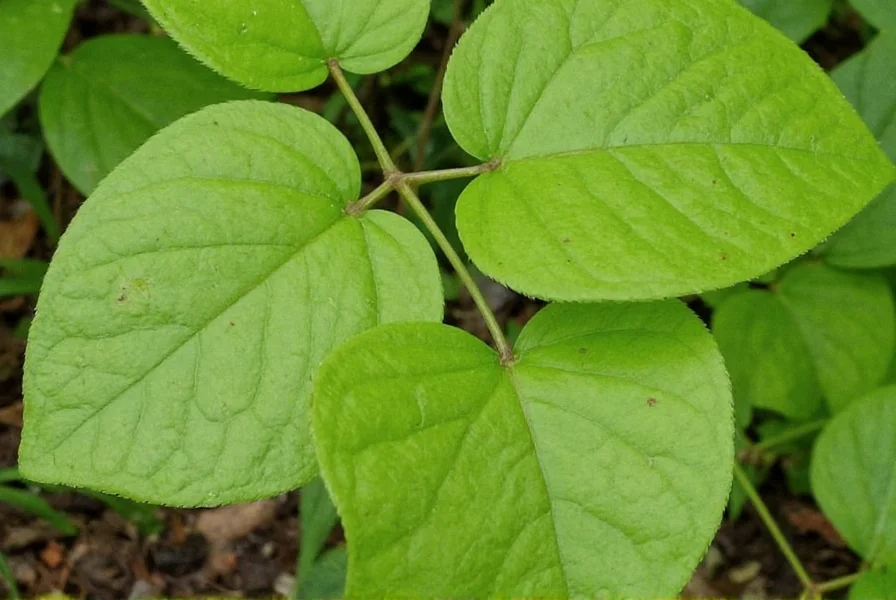Native to eastern North America, wild ginger (Asarum canadense) establishes itself in the shaded understories of Norwell's forests, where its heart-shaped leaves create dense ground cover from early spring through fall. The plant's distinctive growth pattern and preference for specific environmental conditions make it a valuable indicator of healthy woodland ecosystems in this Massachusetts town.
Understanding Wild Ginger in Norwell's Ecosystem
Wild ginger flourishes in Norwell's temperate climate and acidic soils, particularly in areas with mature tree canopy that provides the dappled shade this plant requires. Local conservation areas like the Norwell Town Forest and Garden Pond Conservation Area offer ideal habitats where this native species grows alongside other woodland plants including trillium, bloodroot, and ferns.
The plant's growth cycle begins in early spring when its fuzzy, maroon flowers emerge directly from the soil before the leaves fully develop. These inconspicuous flowers give way to the plant's signature heart-shaped leaves that form a lush carpet across the forest floor. By late summer, wild ginger produces small, berry-like fruits that provide food for local wildlife.
Where to Find Wild Ginger in Norwell
Norwell's extensive woodlands provide multiple locations where wild ginger grows naturally. The most reliable spots include:
| Location Type | Specific Areas in Norwell | Best Time to Observe |
|---|---|---|
| Conservation Areas | Town Forest, Garden Pond, Indian Head | April-June (flowering period) |
| Wooded Trails | North Hill Marsh Reservation trails | May-July (full leaf development) |
| Private Woodlands | Properties with mature deciduous trees | Spring through early fall |
When searching for wild ginger in Norwell, focus on north-facing slopes and areas near streams or wetlands where soil moisture remains consistent. The plant typically grows in colonies, so finding one plant often indicates a larger population nearby.
Identifying True Wild Ginger in Norwell
Proper identification prevents confusion with potentially harmful look-alikes. Wild ginger in Norwell has these distinguishing characteristics:
- Leaves: Heart-shaped, velvety texture, 3-6 inches wide, arranged in pairs
- Stems: Short, hidden beneath leaves, connecting to creeping rhizomes
- Flowers: Maroon, bell-shaped, growing close to soil surface in early spring
- Scent: Crushed leaves emit a mild ginger aroma (hence the name)
- Height: Typically 4-8 inches tall when mature
Be cautious of false ginger species that may appear similar but lack the characteristic scent. The Massachusetts Invasive Plant Advisory Group confirms that native Asarum canadense remains the predominant species in Norwell's woodlands.

Growing Wild Ginger in Norwell Gardens
Many Norwell residents successfully cultivate wild ginger in shaded garden areas that mimic its natural woodland habitat. For those interested in adding this native plant to their landscape, consider these local growing recommendations:
Plant wild ginger rhizomes in early spring or fall in areas with partial to full shade. The soil should contain ample organic matter—Norwell's naturally acidic soil often requires additional compost to achieve the rich, humusy conditions wild ginger prefers. Space plants 6-12 inches apart, planting rhizomes just beneath the soil surface.
Water regularly during establishment, particularly during Norwell's occasional summer dry spells. Once established, wild ginger requires minimal maintenance and spreads gradually through underground rhizomes to form attractive ground cover. Avoid using chemical fertilizers that might disrupt the delicate woodland ecosystem.
Conservation Considerations for Wild Ginger in Norwell
While wild ginger remains relatively common in Norwell's woodlands, responsible stewardship ensures its continued presence. The Norwell Conservation Commission recommends these practices:
- Never harvest wild ginger from conservation areas or protected lands
- Limit foraging to small quantities from private properties with landowner permission
- Avoid collecting flowering plants to allow seed production
- Consider cultivating wild ginger in gardens rather than harvesting from the wild
- Report significant population declines to the Norwell Department of Public Works
Wild ginger plays an important ecological role in Norwell's forest ecosystems, providing early-season nectar for pollinators and serving as host plants for the pipevine swallowtail butterfly. Its presence indicates healthy soil conditions and contributes to biodiversity in local woodlands.
Learning More About Norwell's Native Plants
Several local resources provide additional information about wild ginger and other native plants in the Norwell area:
- Norwell Department of Public Works Conservation Office offers seasonal plant identification walks
- South Shore Natural Science Center in Norwell provides educational programs on native species
- Massachusetts Native Plant Society hosts regular meetings covering southeastern Massachusetts flora
- Local libraries maintain field guides specific to New England native plants
Understanding and appreciating wild ginger enhances our connection to Norwell's natural heritage. This unassuming woodland plant contributes to the ecological health of our community while offering a tangible link to the native landscapes that characterize southeastern Massachusetts.












 浙公网安备
33010002000092号
浙公网安备
33010002000092号 浙B2-20120091-4
浙B2-20120091-4